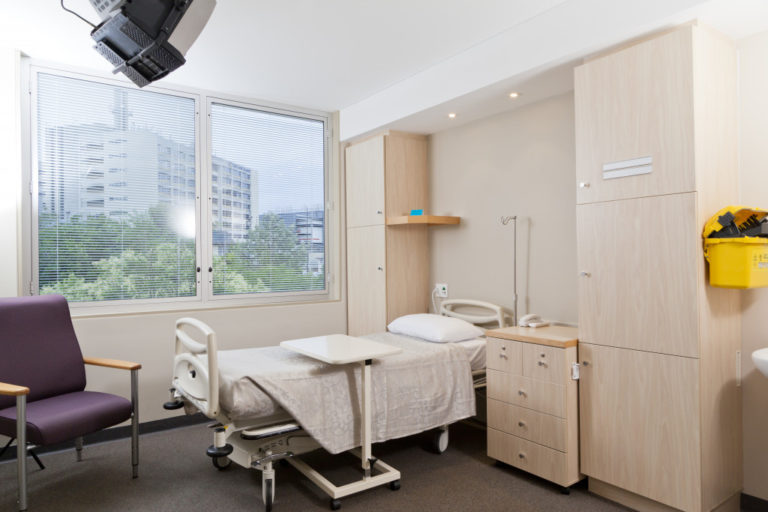Hospital beds are important tools of the medical profession. If constructed properly, hospital beds provide the comfort, safety, and mobility that patients need.
Understanding the Uses of Hospital Beds
These beds aren’t used just for hospitals. Professionals also use them for any healthcare facility, including nursing homes, rehabilitation facilities, and private homes.
For bedridden patients, this bed lessens pressure sores because their caregivers can easily change their positions.
Because of the prolific use of these beds, accidents can happen.
Some injuries happen when a patient is transferred to and from the bed. Other accidents involve patients getting trapped, caught, entangled, or even strangled in the beds.
Hospital Bed Regulations
From 1985 to 2013, the US Foods and Drug Administration (FDA) received reports of 531 deaths and 151 injuries related to hospital beds. So, together with the Hospital Bed Safety Workshop (HBSW), the FDA issued guidelines and protocols.
The document aims to reduce accidents that involve hospital beds. It also provides dimensions to hospital bed manufacturers, including plastic injection molding companies that make components for the beds’ frames.
Several states have incorporated the protocols into the hospital beds used in their medical facilities. Healthcare providers have also been reminded to follow the guidelines as regards the safe use of hospital beds.
Since these beds are Durable Medical Equipment, under several state laws including the Life Safety Code, they need regular inspection and maintenance.
Biomedical or clinical technicians or engineers check various parts of the bed including the frames and rails for proper stability and positioning, the breaks to avoid accidents during transfers, the casters for proper transport, and the mattresses for pressure.
Bed Frame
Modern beds now come with manual or electric features that adjust the height and rails of the frames. This design helps make it safer for patients to get on and off the bed. Being able to raise the bed makes it easier for caregivers to assist their patients.
Other safety features include alert systems that tell caregivers if a patient is having trouble with the bed.
The height, weight, mobility, and illness of patients need to be considered when a bed is assigned to them. But these features can be maximized only through careful use of trained caregivers.
Several segments of the bed can also be repositioned according to the needs of the patients. For example, the lower segments can be elevated for people with knee, leg, or feet injuries, while those with respiratory problems benefit from an elevated back and head segment.
Mattress

The standard mattress is made of foam and springs.
But there are now alternatives like air mattresses for patients with sensitive wounds or are at risk of pressure injury. Again, a caregiver needs proper training when using such a mattress for a patient. An air mattress that is too firm or too soft might aggravate an injury.
There are also electric mattresses that can massage the bodies of patients. This feature can reduce bedsores, especially for bedridden patients.
With the outbreak of the coronavirus disease 2019 (COVID-19), the medical industry needs a lot of quality hospital beds for the proper care of patients.





